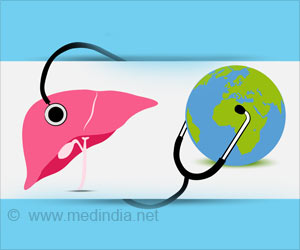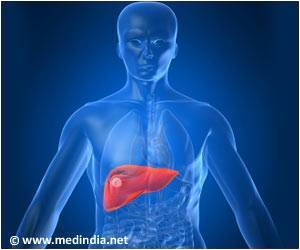
"This is the first study to show that SIRT1 in hypothalamic neurons, specifically POMC neurons, is required for preventing diet-induced obesity and maintaining normal body weight," said Dr. Roberto Coppari, assistant professor of internal medicine at UT Southwestern and senior author of the mouse study, available online and in the July 7 issue of Cell Metabolism.
POMC, or pro-opiomelanocortin, neurons are found in the hypothalamus region of the brain and are known to play an important role in suppressing appetite and inducing weight loss. There are about 3,000 POMC neurons in a mouse brain.
The researchers genetically engineered mice to lack SIRT1 only in these specific hypothalamic neurons. They found that when fed a high-calorie diet, the mice lacking SIRT1 in POMC neurons gained more weight and were generally more susceptible to diet-induced obesity than those with the metabolic sensor protein intact.
The mutant mice also had almost twice as much abdominal fat and more of the hormone leptin than those mice with their SIRT1 intact, despite the fact that all the mice maintained the same food intake and movement levels.
"We found that SIRT1 must be present in POMC neurons in order for the hormone leptin to properly engage its receptors in these neurons. Without SIRT1, leptin sensing is altered and the animals gain more fat mass when fed a high-calorie diet," Dr. Coppari said.
Advertisement
"When SIRT1 is present in POMC neurons, the neurons properly convey a signal from leptin to the white perigonadal fat, which is designed to store energy. This signal is needed for the fat to undergo a remodeling process and expand the brown fat cells component as a protective measure against obesity," Dr. Coppari said. "If you don't have these kinds of defense mechanisms, you likely become hypersensitive to diet-induced obesity. A primary defect in SIRT1 in POMC neurons might be present in some individuals who are more prone to develop obesity when constantly exposed to an abundance of high-fat, high-calorie foods."
Advertisement
"The drawback to harnessing adrenergic receptors to make more brown adipocytes, as a lot of people are thinking about doing, is that it puts a lot of pressure on the cardiovascular system," he said. "However, the idea of having a drug that could selectively affect specific hypothalamic neurons that then control specific branches of the sympathetic nervous system suggests that one could avoid acting on unwanted cells but selectively on those able to burn calories such as brown adipocytes.
"We could control the remodeling of a particular fat depot into brown, which would then be more likely to cause weight loss without increasing the risk of cardiovascular problems," he said.
The next step, Dr. Coppari said, is to determine whether SIRT1 is mediating other signaling pathways in the brain that in addition to regulating body weight are key for normal glucose balance.
Source-Eurekalert














